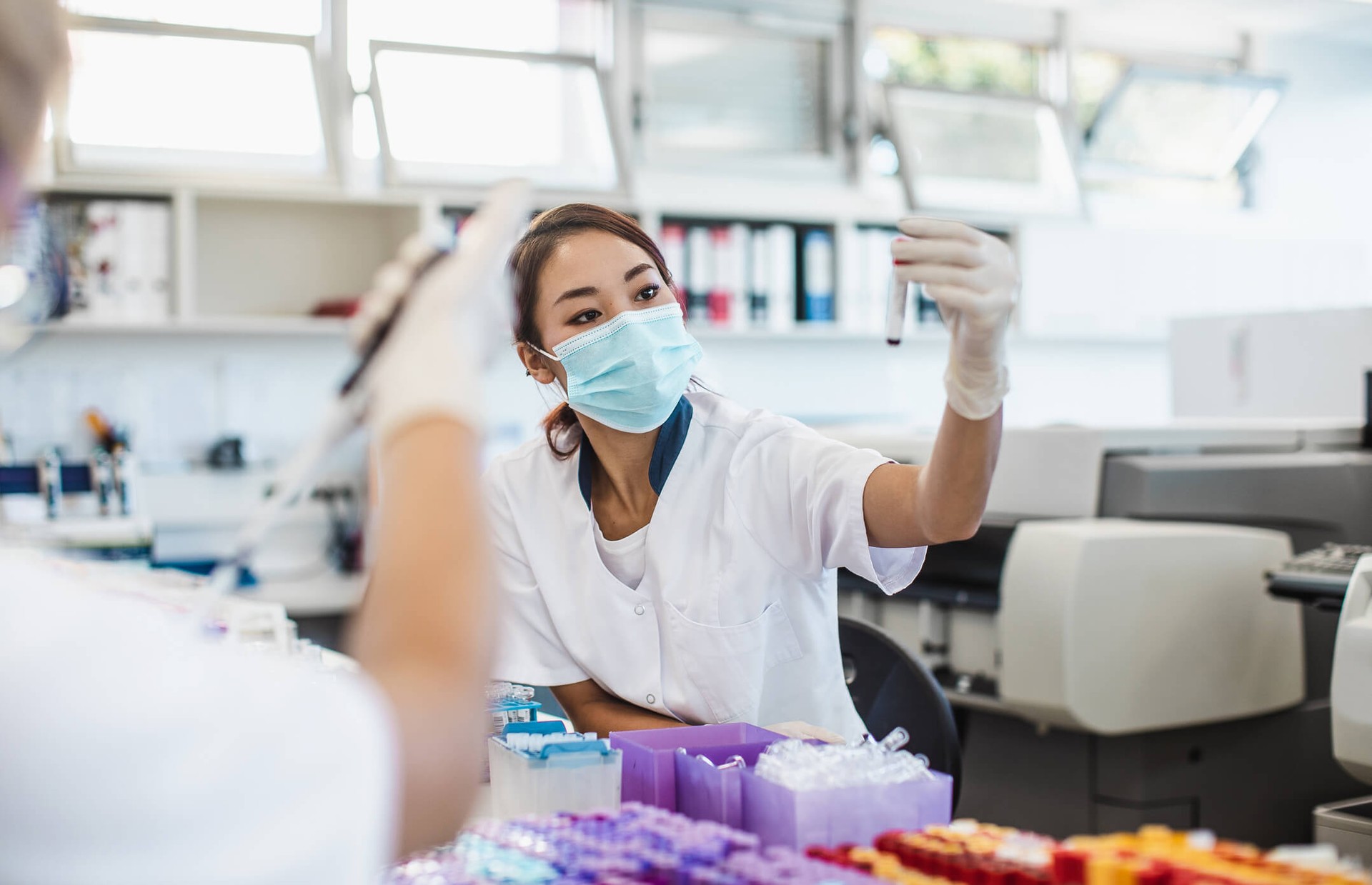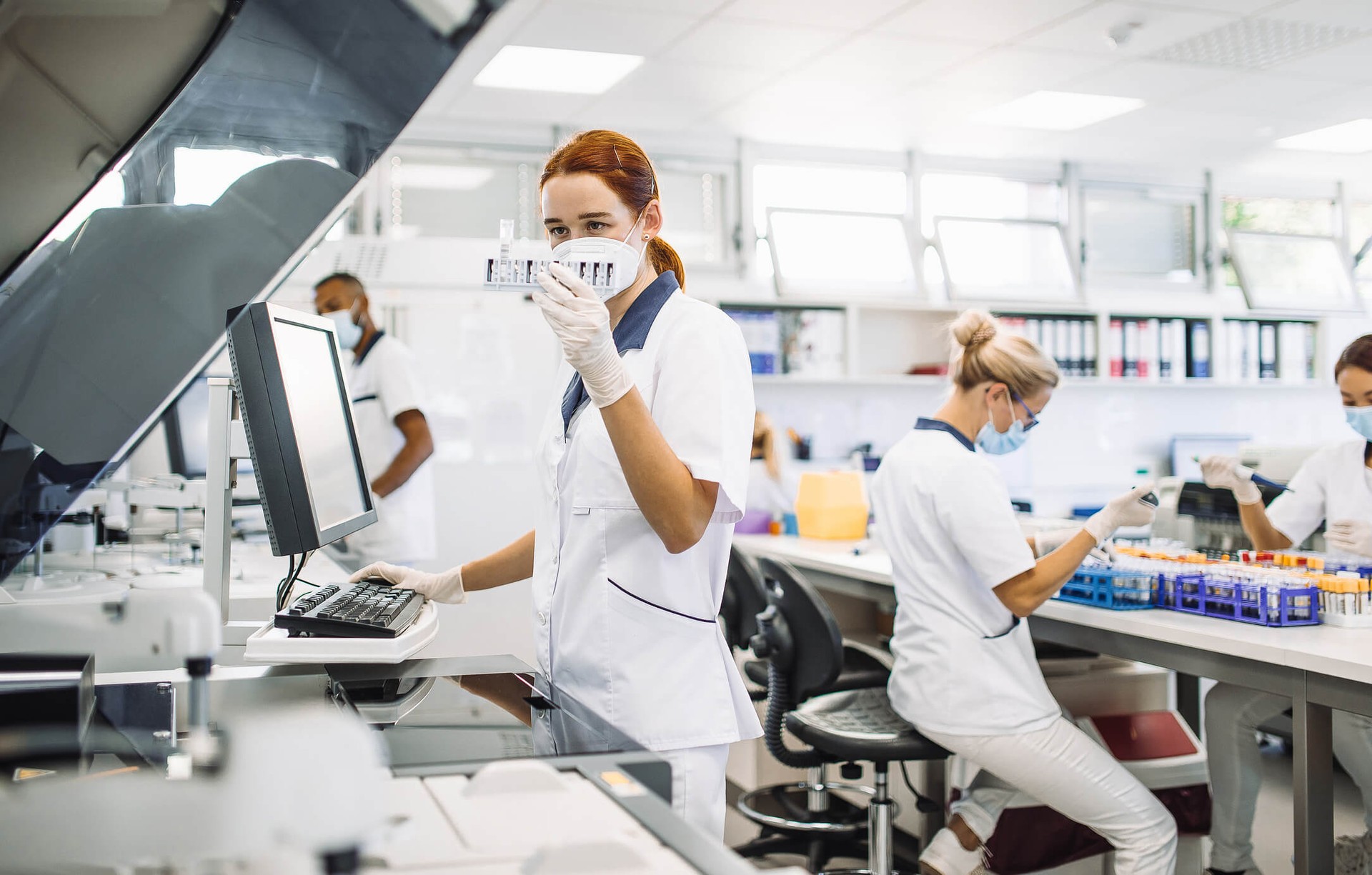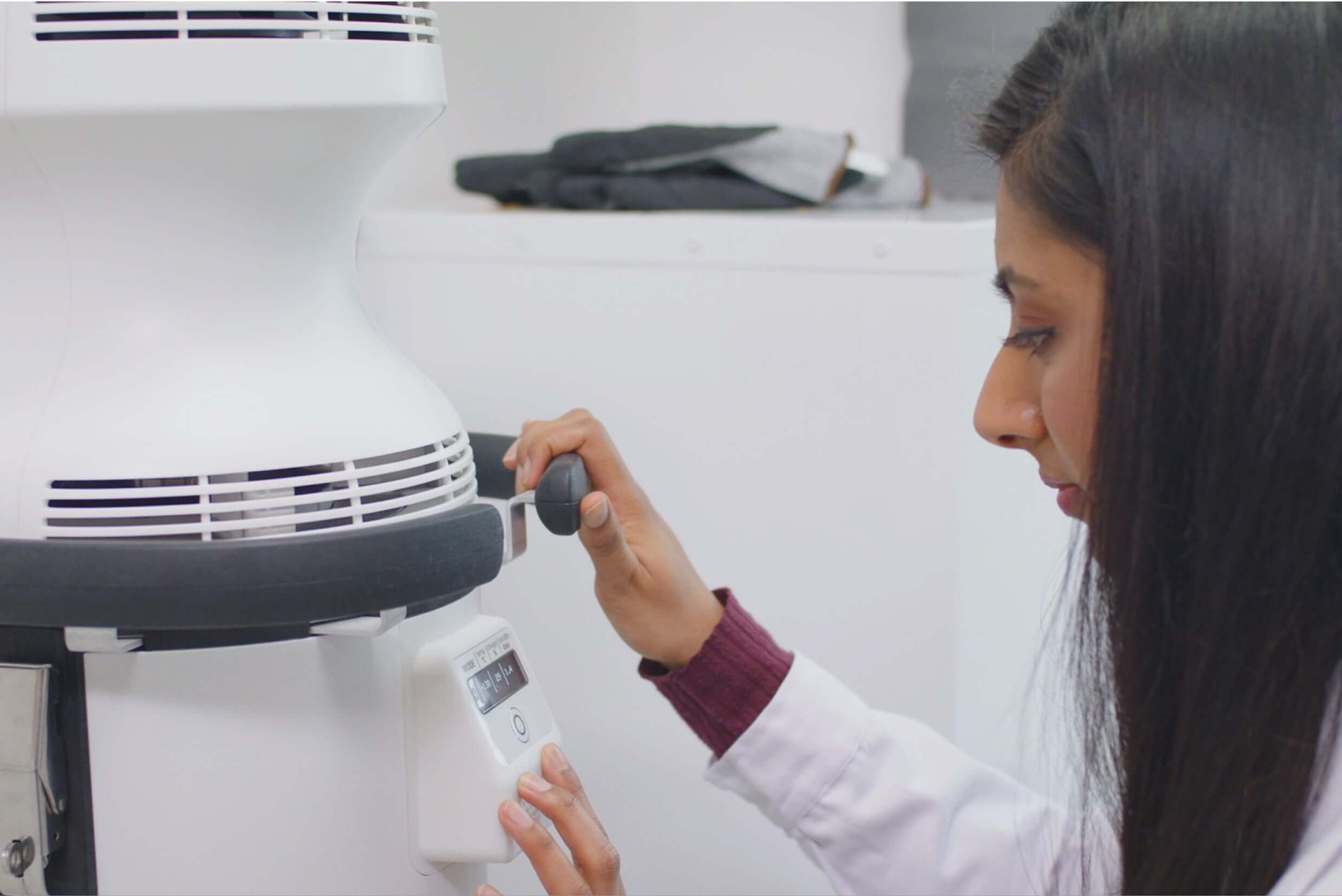What Happens When Supply Chains Can’t Keep Up with Scientific Progress?
The science behind cell and gene therapy is progressing at an unprecedented rate, but the support framework is struggling to keep up. Current packing materials and cold storage options are unwieldy and difficult for medical practitioners to work with, which is why innovative shipping systems are bringing new hope to a world in desperate need of a better solution.
Cancer, blood disorders, diabetes, cystic fibrosis, AIDS… these are just some of the diseases that were considered untreatable not too long ago. But that’s all changed thanks to cell and gene therapy.
With over 900 companies globally focused on developing cell and gene therapies and an estimated 1200 experimental studies in the pipeline, achieving life-changing scientific breakthroughs appears inevitable.

But while cell and gene therapies are advancing faster than ever before, the infrastructure needed to support them just can’t keep up with demand.
Whether it’s transporting genetic material or delivering treatments to the patients that need them, researchers and manufacturers find themselves going through many arbitrary hoops and hurdles, mainly because the systems they rely on were not built for this type of medicine.
Why are cell and gene therapies so much harder to manage?
“Logistically, it is really challenging,” says Stephen Elliman, chief scientific officer at Orbsen Therapeutics, a company developing stromal cell-based therapies for acute respiratory distress syndrome (ARDS). “It's quite high pressure for everyone involved in a good way because you're trying to help save someone’s life.”

Gene and cell therapy are often a patient’s last chance at any hope of recovery, so timing when to order and deliver the treatment is another important factor.
“ARDS develops very quickly,” explains Elliman. “Once a patient is considered a good fit for cell therapy, we only have 48 hours to put the cells into a cryogenic shipping container from our manufacturing site, have it picked up by the courier, who delivers it to the pharmacy where it’s taken out, thawed, formulated and finally administered.”
Once a patient is considered a good fit for cell therapy, we only have 48 hours to put the cells into a cryogenic shipping container.
On top of that, cells are extremely sensitive and need to be kept at freezing temperatures below -120 degrees Celsius. The slightest temperature fluctuations or delays in shipment can be detrimental to their effectiveness.
That’s why the delivery method of cell and gene therapies to patients is as important as the treatment itself. Currently, it requires the use of liquid nitrogen containers, which are awkward to transport, use, and store for everyone involved, including researchers, medical staff, and couriers.
We developed this system, not only with the product inside it in mind but also to improve its usability by staff at the hospital as well as the manufacturing center.
“These products turn up at the hospital in a very large liquid nitrogen dry shipper, often strapped to an even larger pallet, that sometimes doesn’t even fit through the hospital pharmacy door. What does the pharmacy do with this?” says Dr. Bill Shingleton, Director of Applications & Biology for Cell & Gene Therapy, and one of the key members behind the novel VIA Capsule™ system at Cytiva.
The VIA Capsule™ system is a liquid nitrogen-free shipment system designed specifically to make cell and gene therapy transportation easier. “We developed this system, not only with the product inside it in mind but also to improve its usability by staff at the hospital as well as the manufacturing center,” says Shingleton.

Despite being revolutionary, the system is simple. It consists of a removable electric cryocooler on top and a shipper unit with an LCD interface that displays the internal temperature on the bottom.
The cryocooler cools the shipper unit down to freezing levels (-190°C) and charges the core when plugged in. This means that once disconnected, the internal thermal core of the shipper can keep the temperatures below -120°C for up to five days during transport.
Unlike nitrogen shippers, it's relatively small, it's on wheels, it's portable and easy to use by the sender, the receiver, and the logistics company.
VIA Capsule™ System
A liquid nitrogen-free shipment system designed specifically to make cell and gene therapy transportation easier.
“The real advantage is that it can plug into any standard electrical outlet. If the patient is not ready to receive the dose right away, under normal circumstances, nurses would have to take the product out, put it into a long-term cryogenic storage solution, which could lead to a chain of custody issues. With the VIA Capsule™ system, you can just plug it in and wait until the patient is ready”.
To the researchers and medical staff involved, it’s more than just a smart solution; it’s a relief. “It's like somebody who's been driving a 30-year-old vehicle being offered a brand-new car that has all of the latest features,” says Elliman.
Teaching people how to use it will be much easier so we could see it being implemented much more quickly than a liquid nitrogen technology.
Digital tracking and monitoring makes shipping and receiving straightforward, and with the absence of dangerous and volatile liquid nitrogen, taking cells in and out is much simpler for both manufacturers and clinicians. “Teaching people how to use it will be much easier so we could see it being implemented much more quickly than a liquid nitrogen technology.”
The VIA Capsule™ system also comes with a smart monitor that connects to a cloud-based automation software that allows manufacturers to monitor temperatures inside the shippers in real-time.
“We can sit in our office and track it during transport thanks to the Chronicle™ software, something we couldn’t do with nitrogen shippers,” says Elliman. “So, it reduces variability in transport which leads to more confidence in the product after delivery.”

But the real promise for this type of innovation is the benefit it can bring to patients.
Since cell and gene therapies are usually the last option for patients suffering from terminal diseases, getting these medications safely to them is a matter of life and death.
“Every hour shaved off from loading, unloading, or data gathering is an hour saved, which means more patients can be helped,” says Elliman. “We now know that these complex therapies are highly effective, highly different, and we need the infrastructure that supports it.”
Every hour shaved off from loading, unloading, or data gathering is an hour saved, which means more patients can be helped.
Because of that, the work companies such as Cytiva are doing to solve the fundamental problems facing cell and gene therapy is all the more critical for patients’ lives. “The whole system is geared around that,” says Shingleton.
“When terminally ill patients give up their last few T-cells to make their cell therapy medication… this is the one shot that these patients have got. And the VIA Capsule™ system is designed with that in mind.”
Learn more about how Cytiva’s technologies are advancing and accelerating life-enhancing therapies.
Find out more